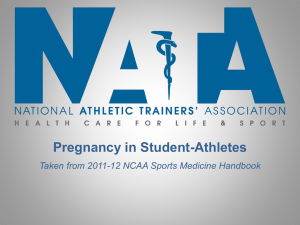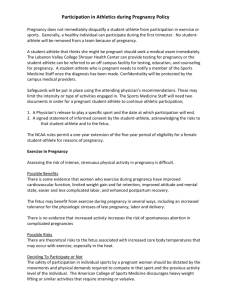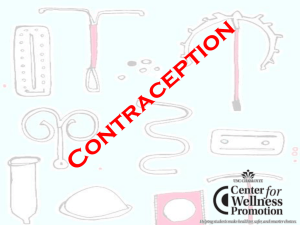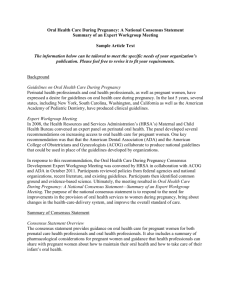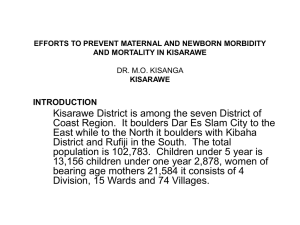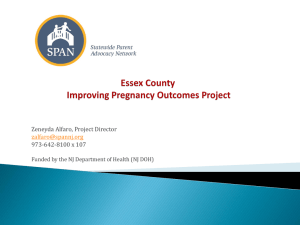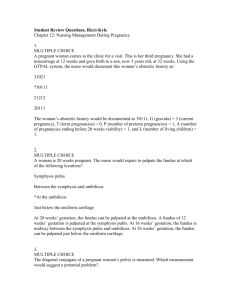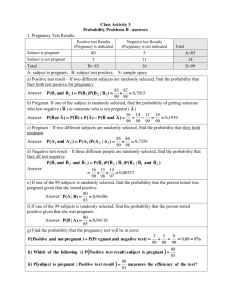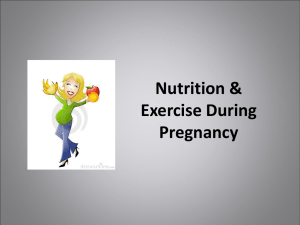Exercise in Pregnancy
advertisement
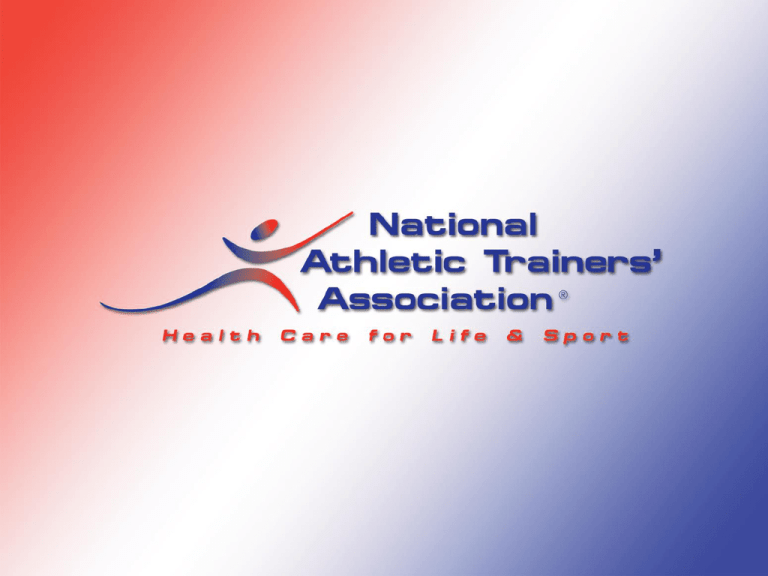
Pregnancy in StudentAthletes Taken from 2011-12 NCAA Sports Medicine Handbook A policy must be in place to handle a pregnant student-athlete, and should include: • • • • • Where the student-athlete can receive confidential counseling Where the student-athlete can access timely medical and obstetrical care How the pregnancy may affect the student-athlete’s team standing and institutional grantsin-aid That NCAA rules permit a oneyear extension of the five-year period of eligibility for a female student-athlete for reasons of pregnancy. per bylaw 15.3.4.3 Exercise in Pregnancy • • • • • Assessing the risk of intense, strenuous physical activity is difficult Individualized management essential Some evidence showing women who exercise during pregnancy have improved cardiovascular function, limited weight gain and fat retention, improved attitude and mental state, easier and less complicated labor, and enhance postpartum recovery. No evidence showing that increased activity increases the risk of spontaneous abortion. Theoretical risks exists: increased core body temperature, especially in the heat. Risk of trauma to the fetus in second and third trimester Musculoskeletal Adaptations • Regular exercise promoted for overall health benefits • Weight gain during pregnancy increases forces across joints, increases ligamentous laxity • Lumbar lordosis; low back pain • Balance changes • Despite theoretical risks; no data regarding an increased injury rate during pregnancy Nutritional Requirements • During pregnancy need additional 300 kcal of energy per day after 13th week of pregnancy, even more if exercising • Pregnant women use carbohydrate at a greater rate at rest and during exercise than non-pregnant • Exercising in supine position after the first trimester may cause venous obstruction and conditioning or training exercises in the position should be avoided • Sports with increased incidences of bodily contact or falling are considered high-risk after the first trimester because of potential risk of abdominal trauma. • • • • • • • • • Basketball Ice hockey Field hockey Lacrosse Soccer Rugby Gymnastics Equestrian Downhill Skiing • The American College of Obstetrics and Gynecology states: competitive athletes can remain active during pregnancy but need to modify their activity as medically indicated and require close supervision. • A student-athlete choosing to compete while pregnant should : • Be made aware of the potential risks of her particular sport and exercise in general while pregnant • Be encouraged to discontinue exercise when feeling overexerted or when any warning sign are present • Follow the recommendations of her obstetrical provider in coordination with the team physician • Take care to remain well-hydrated and to avoid overheating. Exercise Prescription • Need to modify exercise prescription for pregnant female if considering contact sports or at risk situations (altitude, diving…) • Variable heart rate response to exercise when pregnant; thus caution when using “target heart rate” for pregnant athlete • Avoid scuba diving, avoid exercise above 2500 meters altitude Effect of Pregnancy on Competition • Weight gain • Ability to stop/start • Decrease in efficiency of finely tuned skill movement increased injury risk? • Anemia change in performance • Fluid shifts / concerns • Thermoregulatory concerns Air Travel • Commercial air travel; no significant risk • Problematic if severe anemia, sickle cell, clotting disorder, platelet insufficiency • Safest time to travel; 2nd trimester (8-24 weeks; lowest risk for premature labor) • Avoid after 36 weeks or if preterm delivery risk Institutional Policy on the Pregnant Student-Athlete • Insert specific institutional policy here WARNING SIGNS TO TERMINATE EXERCISE WHILE PREGNANT • • • • • • • • • • Vaginal Bleeding Shortness of Breath Before Exercise Dizziness Headache Chest Pain Calf Pain or Swelling Pre-term Labor Decreased Fetal Movement Amniotic Fluid Leakage Muscle Weakness
